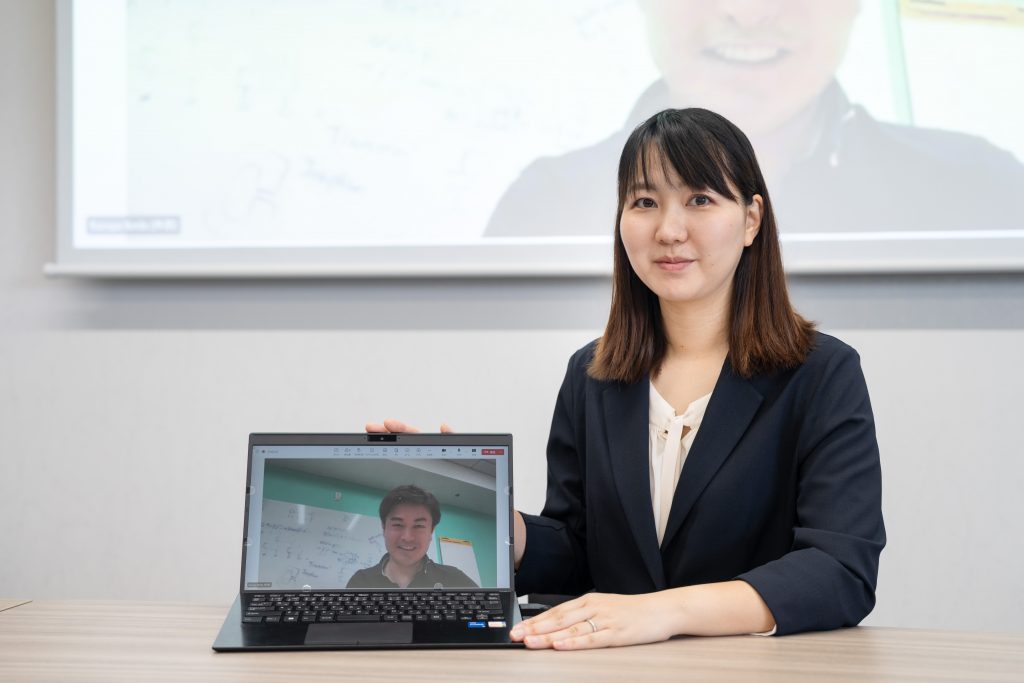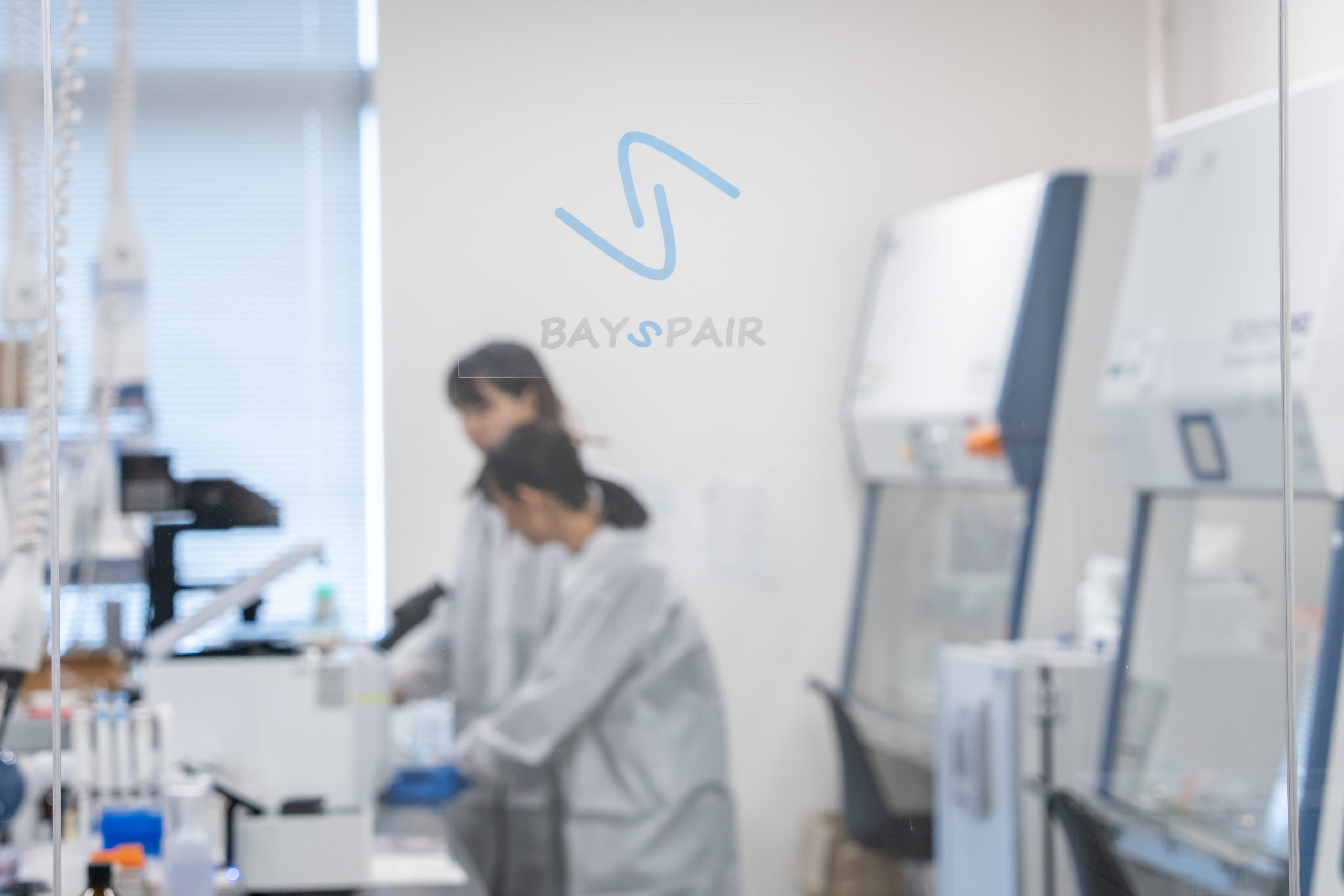Born in the United States based on genome editing technology from Stanford University
First of all, please explain the history of your company.
Mr. Ikeda: We are a Japanese subsidiary of Bayspair Inc. (California, United States), which was established at Stanford University with the aim of industrial application of the new genome editing technology called "Scarless Editing*1". I was originally researching cell therapy at a Japanese pharmaceutical company, and I founded Bayspair Inc. three years ago. The main functions of our headquarters and research institutes are still in the United States (Note: This day we attended a video conference from the United States), and we established our company as a new Japanese subsidiary last year.
*1 Scarless Editing is a technology that completely eliminates select markers and re-cutting mutation prevention sequences introduced by genome editing, and does not leave any traces of editing in the genome. Extra sequences, which are unavoidable by conventional law, can avoid unexpected effects on gene expression and splicing, are extremely useful in precise analysis of disease mutations and research that require medical applications and safety.
Mr. Nagasaka: I was also a researcher at a pharmaceutical company. As I face research every day at the site of drug discovery, I realized the usefulness and potential of genome editing, and participated in the establishment of the company because I wanted to contribute to the expansion of the scope of application of genome editing technology.
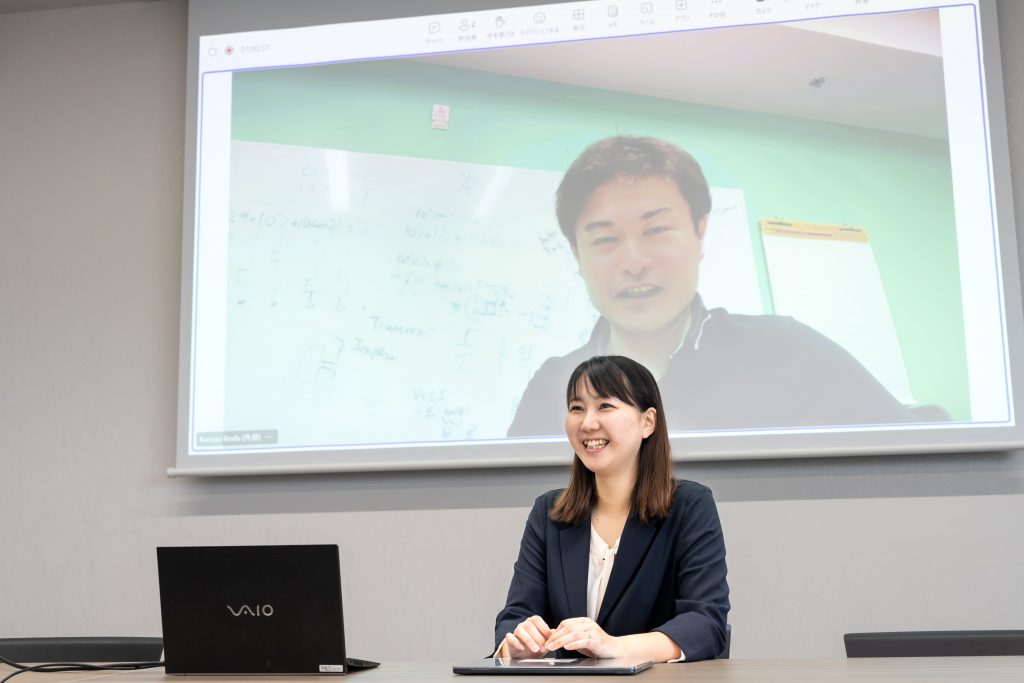
Please also introduce the details of your business.
Mr. Ikeda: Our main business will be the genome editing service and the provision of genome editing cells based on human iPS cells. For the former, this service mainly receives requests from pharmaceutical companies and academia to perform genome editing of cells such as human iPS cells and ES cells. By using our proprietary genome editing technology, we are able to reduce costs as well as difficulty, making it a genome editing service that can be used at low cost. The latter is a service that allows customers to select and purchase genome editing cells they want from among the cell banks prepared by our company. The advantage is that it can be used at a lower price than custom-made genome editing. We would like to gradually expand our lineup according to your request, and eventually build a huge library of genome editing cells. All of our iPS cells are commercially available cells purchased from Reprocell Corporation.
"The huge library of cells" is an interesting challenge.
Mr. Ikeda: The creation of custom-made genome editing cells is inevitably cost to some extent. Therefore, we are trying to reduce costs by making a single genome-edited cell available to multiple customers. We also want companies and academics to see our genome-editing cells and to know what kind of cells can be made with our technology? Thanks to this, we have received high praise from many customers, and we have received consultations on our genome editing technology for various applications, from cell therapy to antibody production.
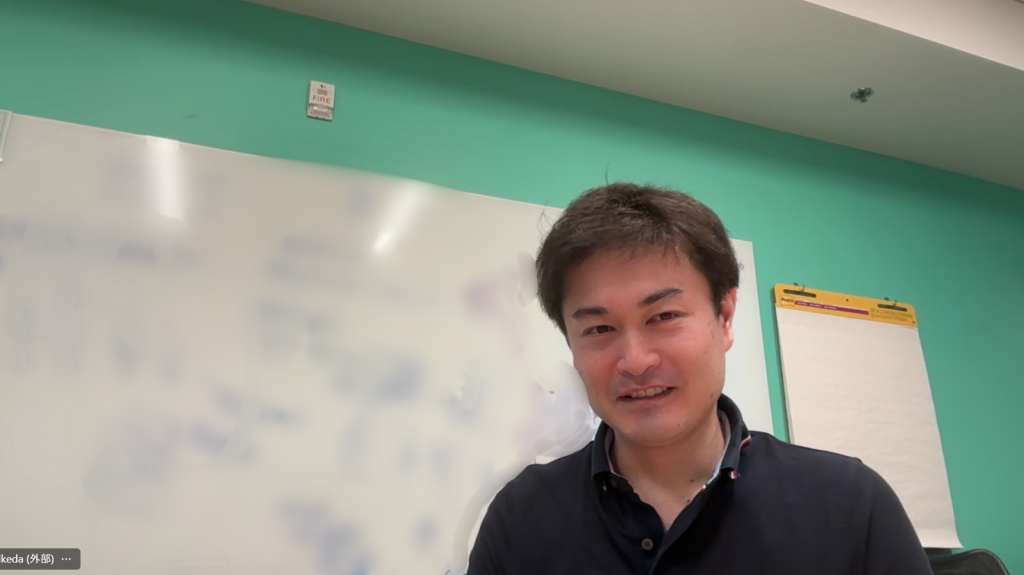
It is a unique genome editing technology that can easily change any genome sequence, so it is possible to respond to flexible contracts.
Please tell us about your strengths in the industry.
Mr. Ikeda: Our strength is that our unique and innovative technologies enable us to do things that cannot be achieved by other companies.
Our genome editing technology consists of two main elements. One is unique nuclease that does not require CRISPR/Cas9, and the other is Scarless Editing technology that realizes precise rewriting of the genome, which has been considered difficult in CRISPR/Cas9.
We use these to develop our business based on the concept that "What CRISPR/Cas9 can do is cheap, and what CRISPR/Cas9 can't do is easy."
First of all, the unique nuclease features the same basic functions as CRISPR/Cas9, such as knockout and knock-in, while the editable parts are limited. This seemingly disadvantageous nature is actually very useful. There are approximately 3 billion base pairs of information in the human genome, but if only one of them is accurately edited, this limited feature reduces the risk of "off-target effect" that incorrectly edits unnecessary parts can be edited.
Furthermore, this nuclease is fully developed by us and is not bound by complex intellectual property rights like CRISPR/Cas9. Since we can set licensing conditions at our own discretion, we can provide flexible licenses from "royalty type that does not require contract money or Myleston" to "contract lump-sum type".
Next, the Scarless Editing technology overcomes the fundamental constraints that traditional CRISPR tools could only edit near the target of the guide RNA. As a result, it has become possible to achieve high efficiency and free rewriting in almost all areas of the genome. This technology is very compatible with our unique nuclease, which has limited editing parts.
For example, if you need to break one of the thousands to tens of thousands of bases, such as knockouts, existing technologies can be adequately handled. However, in cases where only the target area must be accurately edited, such as substitution of a base, the introduction of tags, and reporting of reporters, highly efficient and highly selective guide RNA targets are often not found, which was difficult with existing CRISPR/Cas9.
With Scarless Editing technology, this precision editing is also very easy. This enables research that was not conventionally realistic, such as editing non-translation areas, gene saturation mapping, and simultaneous editing of multiple SNPs. For example, a number of disease-related polymorphisms obtained through GWAS analysis can be used for research directly verifying the pathogenesis mechanism.
In addition, by applying reporter line fabrication technology using Scarless Editing, it is possible to control the expression of arbitrary genes at any given time. This not only allows us to build optimal cells for precise drug screening and cell function evaluation, but also allows us to add properties to iPS cell-derived therapeutic products. For example, improvements in production efficiency, immune avoidance, enhancement of medicinal effectiveness, introduction of shutdown genes, etc. can be realized as if a program is written on a “micromachine” called a cell.
Please tell us about the role of Japanese corporations.
Mr. Nagasaka: As for the division of roles, the research and development of genome editing technology is handled by the U.S. base, and the Japanese base is responsible for actual cell manufacturing. We believe that there are many excellent cell culture technicians, and above all, we have a high level of politeness in quality control and logistics. The development of new technologies is carried out in labs in the United States, and the role of Nippon Lab is to ensure that the technologies born there are in manufacturing.
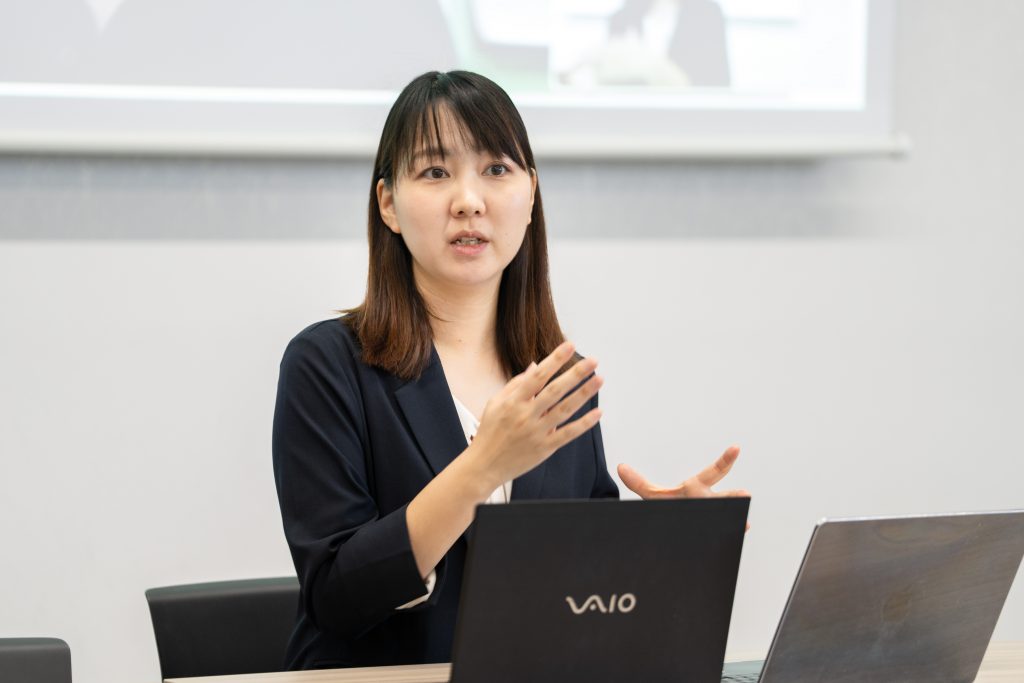
By joining the research circle, we hope to contribute to the realization of "cellular therapy" using our genome editing technology.
Please tell us why you chose Mitsui Link Lab Shinkiba 2.
Mr. Nagasaka: When opening a lab in Japan, these three conditions were key: excellent location conditions such as logistics, good access to transportation, and the building corresponding to the biosafety level. Therefore, as a result of repeated studies on various locations including Kansai, we moved into Mitsui Link Lab Shinkiba 2, which meets these three conditions.
In particular, good transportation access to airports and central areas is a major advantage in ensuring smooth cooperation with domestic and international customers. There are many bases of transportation companies around Shinkiba, so it is wonderful to be able to respond quite flexibly. Regarding the biosafety level, depending on the region, it may be NG to handle cell materials, but Mitsui Link Lab Shinkiba 2 was also a major point that it can support BSL2/P2.
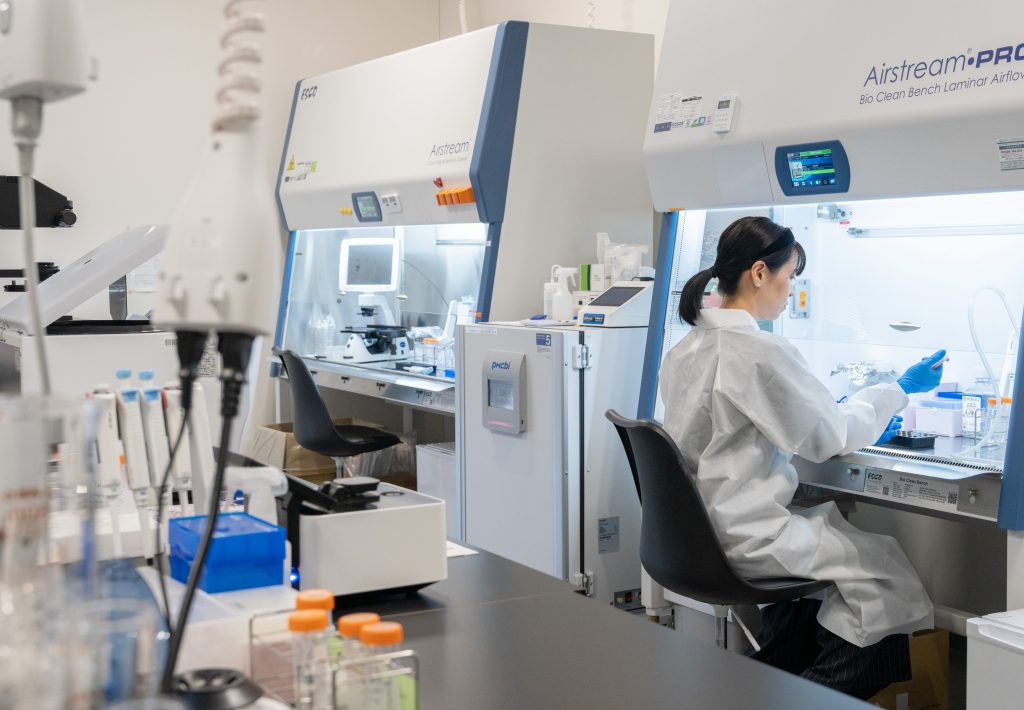
Mr. Ikeda: What surprised me was that I was able to open a lab two months after the first consultation. With the expertise of the laboratory staff and our request, we are not able to respond to our request because it is a rule, but thanks to flexible consideration and logistics progress, we were able to move in a very short period of time. I feel the difference from other labs.
Finally, please tell us about your future prospects.
Mr. Ikeda: In order to clearly convey the essential advantages of our technology, we believe that appeal through actual results is important, not just an explanation. Therefore, we actively support companies and research institutions in Japan and overseas through the rapid construction of large-scale libraries using genome-edited iPS cells and the provision of genome-editing services for research applications. We are confident that these efforts will give you a broad understanding of how our technologies enable flexible and accurate genome editing.
In addition, one of the final social implementations of genome editing technologies is the realization of "cell therapy." While our strengths are specialized in genome editing, we do not have a platform for differentiation and production that is essential for the clinical application of iPS cells. Therefore, we believe that collaboration and collaboration with academics and companies with these technologies is essential. First of all, through our research tool business, we hope that you will gain a broad experience of the capabilities of our genome editing technology and realize how that technology can be the foundation for the next research and treatment strategy. In addition, we will actively participate in this research circle and contribute to the realization of next-generation cell therapy based on genome editing.
